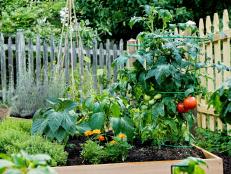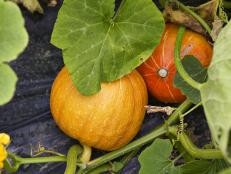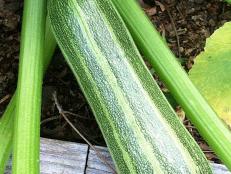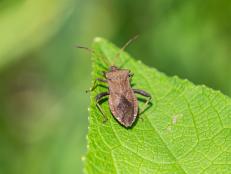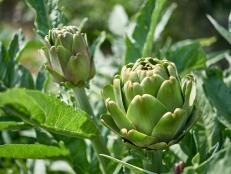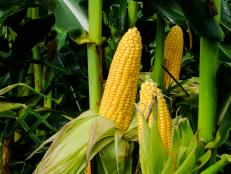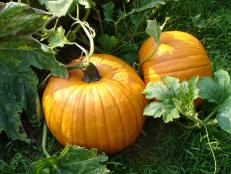All in the Family: Three Sisters Gardening
This Native American planting method combining corn, beans and squash was sustainable before sustainable was cool.
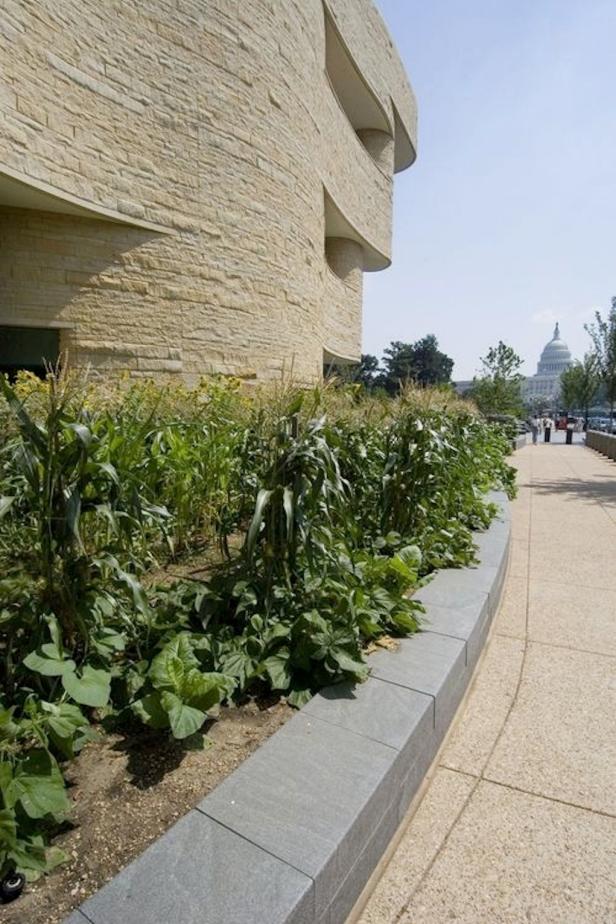
Image courtesy of NMAI. Photo by Katherine Fogden.
Traditionally grown together by Native Americans, corn, beans and squash are known as the “Three Sisters.” In a mutually beneficial arrangement, corn serves as a natural trellis for the beans, the beans fix nitrogen and help enrich the soil over time, and squash shades the soil, keeping weeds out and moisture in.
A Three Sisters garden requires a good amount of space, mainly because corn needs to be planted in a block of at least a few plants wide and deep to be successfully pollinated by wind. Choose a tall, sturdy corn variety, pole or runner beans (not bush varieties), and vining squash (typically a winter squash such as butternut) or pumpkins, a popular Native American choice.
How to Plant a Three Sisters Garden
The traditional method for planting the Three Sisters involves creating several mounds, some for planting the corn and beans together so they can intertwine vertically and others for planting the squash. While this planting description may sound daunting, the planting scheme is actually rather simple.
Choose your site. Prepare a site that is approximately 10 feet square and in full sun, adding plenty of rich compost to the soil. Corn is a notoriously heavy feeder (meaning it needs very rich soil or added fertilizer to grow well), and while the beans will add nitrogen to the soil, the benefits won’t be realized until the following season.
Create mounds for corn and beans. Inside your square plot, create 8 flat-topped mounds by making a row of 3, a row of 2, and then another row of 3, so the mounds alternate position like a checkerboard.
Plant corn. Start planting in spring when the ground is warm and night temperatures are above 50, usually in mid to late May. On each mound, plant four corn seeds, placing them in a square about 6 inches apart. You’ll plant a total of 32 corn seeds. To speed germination, soak the corn seeds for a few hours before planting.
Wait, then plant beans. When the corn plants are about 4 inches tall, plant beans around the corn on the mounds. Plant 4 beans per mound (again: 32 total), 6 inches apart, shifting your square so the beans are planted between the corn plants.
Make more mounds and plant squash. Add 2 squash mounds to the rows of 3 corn-and-bean mounds, and add 3 squash mounds to the center row of 2 corn-and-bean mounds. (You’ll end up with 5 mounds total per row.) Plant 3 squash seeds per squash mound, placing them in a triangle about 4 inches apart. When the seeds emerge, thin them to 2 squash plants per mound so the vines won’t have to compete too much.
Maintain your garden. Keep your Three Sisters garden watered, fertilized and free of weeds. Once the squash vines begin to cover the ground, weeding shouldn’t be necessary as often.
Harvest and cook. In addition to being a highly functional planting combination, the fruits of the harvest from the Three Sisters work well together on the plate. Toss grilled corn and squash with beans and rice for a tasty and traditional Native American side dish.









